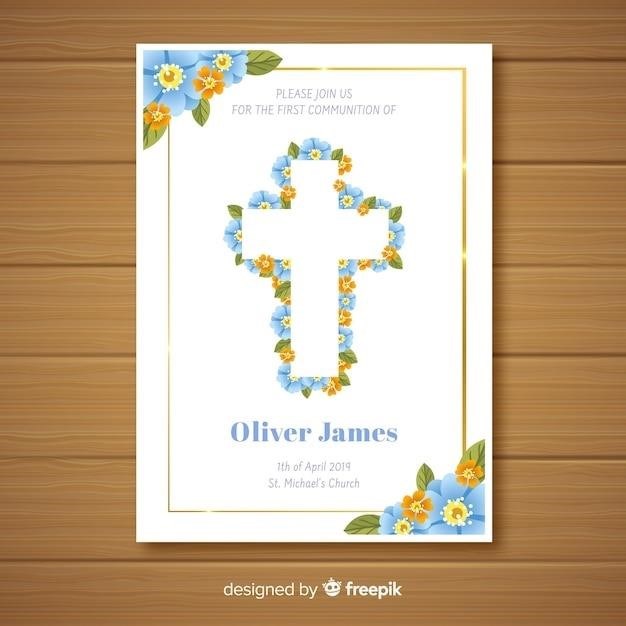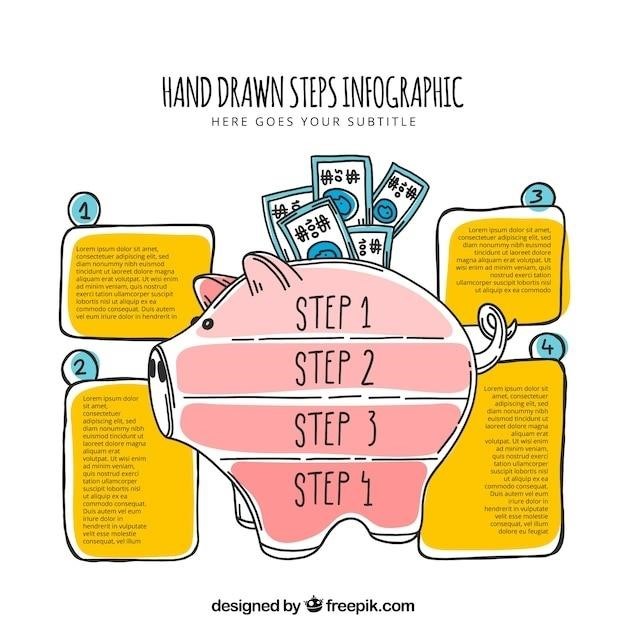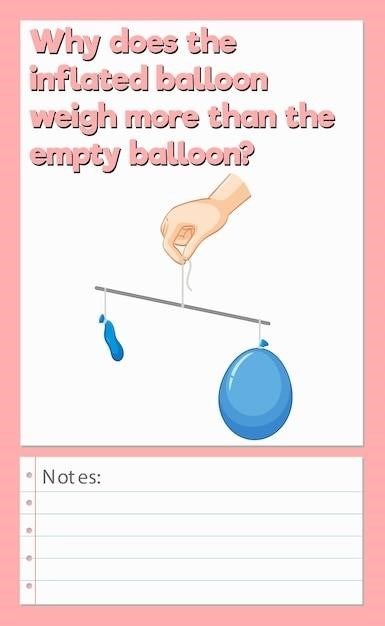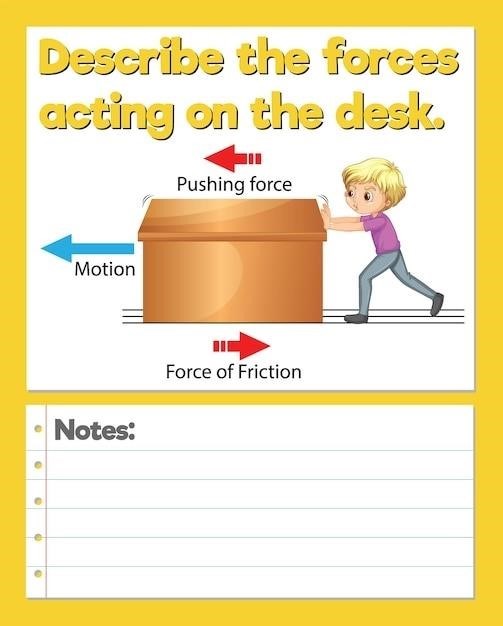First-Time Manager Training⁚ A Comprehensive Guide
This guide offers a structured approach to first-time manager training, covering essential skills, team building strategies, performance management techniques, and conflict resolution methods. It addresses common challenges faced by new managers and provides practical advice for success. Resources and further learning opportunities are also highlighted.
Understanding the Challenges of First-Time Management
The transition from individual contributor to manager presents unique hurdles. Many first-time managers struggle adapting to leadership, finding that skills effective as an individual contributor don’t translate directly. One significant challenge cited is managing former peers, particularly friends, maintaining fairness and professionalism while navigating shifting work dynamics. The lack of sufficient training and the pressure to perform immediately contribute to the difficulty. Time constraints often hinder effective learning and implementation of best practices. Additionally, the responsibility of hiring, training, and assessing employees adds complexity and can be overwhelming for those lacking prior experience. These challenges underscore the need for comprehensive training programs tailored to the specific needs of first-time managers.
Essential Skills for New Managers⁚ Communication and Delegation
Effective communication is paramount for new managers. This involves clearly conveying expectations, providing constructive feedback, and actively listening to team members. Open and honest communication fosters trust and collaboration, crucial for a high-performing team. Mastering various communication styles, adapting to individual preferences, and utilizing both written and verbal communication are key elements. Delegation is equally vital; it’s about assigning tasks appropriately, providing necessary support and resources, and trusting team members to complete their work. Successful delegation not only lightens the manager’s workload but also empowers team members, fostering growth and development. Effective delegation requires careful consideration of individual skills, workload, and deadlines, ensuring tasks are aligned with overall team goals and objectives. Training emphasizes the importance of providing clear instructions, setting realistic expectations, and offering timely feedback to ensure tasks are completed efficiently and effectively.

Building High-Performing Teams⁚ Collaboration and Motivation
Building a high-performing team requires fostering a collaborative environment where team members work together effectively to achieve shared goals. This involves establishing clear team goals, defining roles and responsibilities, and encouraging open communication and information sharing. Regular team meetings, brainstorming sessions, and collaborative projects can help build camaraderie and improve teamwork. Motivating team members is crucial; understanding individual needs and preferences is key to providing effective motivation. This includes recognizing and rewarding accomplishments, providing opportunities for growth and development, and creating a positive and supportive work environment. Different motivational strategies may be necessary for different team members, and understanding these differences is important for effective team leadership. The training emphasizes the importance of fostering a sense of purpose and shared vision among team members, ensuring everyone feels valued and contributes meaningfully to the team’s success. Creating a culture of trust and mutual respect also contributes significantly to building a high-performing team.
Effective Performance Management⁚ Feedback and Coaching
Effective performance management is crucial for both individual and team success. This involves setting clear expectations, providing regular feedback, and offering coaching and support to help team members improve their performance. Regular performance reviews are essential, providing a structured opportunity to discuss progress, identify areas for improvement, and set future goals. Constructive feedback should be specific, actionable, and focused on behavior rather than personality. It should be delivered in a timely and sensitive manner, focusing on both strengths and areas for development. Coaching involves actively guiding and supporting team members to help them overcome challenges and achieve their full potential. This may involve providing resources, mentoring, and ongoing support. Effective performance management also includes recognizing and rewarding good performance, fostering a positive and encouraging work environment. The training emphasizes the importance of creating a culture of continuous improvement, where feedback is viewed as an opportunity for growth rather than criticism. This helps foster a culture of accountability and high performance within the team.
Navigating Difficult Conversations⁚ Conflict Resolution
Successfully navigating difficult conversations is a critical skill for first-time managers; These situations often involve addressing performance issues, mediating disagreements between team members, or delivering negative feedback. The training emphasizes the importance of preparation, active listening, and empathy in these situations. It provides a structured approach to handling conflict, including techniques for identifying the root cause of the issue, facilitating open communication, and finding mutually acceptable solutions. Effective communication skills are crucial, including the ability to clearly articulate concerns, actively listen to opposing viewpoints, and remain calm and professional even under pressure. The training also covers strategies for de-escalating tense situations and managing emotions effectively. It highlights the importance of focusing on behavior rather than personality, and emphasizes the need to create a safe and respectful environment where individuals feel comfortable expressing their concerns. Learning to frame difficult conversations constructively, focusing on solutions and positive outcomes, is a key takeaway from this section of the training. The ultimate goal is to resolve conflicts fairly and efficiently, preserving working relationships and fostering a positive team environment.
Developing Your Leadership Style⁚ Adaptability and Empathy
Effective leadership isn’t about a one-size-fits-all approach; it’s about adapting your style to suit the specific needs of your team and the situation at hand. This module explores the importance of adaptability in leadership, emphasizing the ability to shift your approach based on individual personalities, team dynamics, and project requirements. It highlights the value of self-awareness in understanding your own strengths and weaknesses as a leader, and how this understanding informs your leadership style. The training emphasizes the crucial role of empathy in building strong relationships and fostering a positive team environment. Understanding and responding to the emotional needs of your team members is key to effective management. This involves actively listening, showing genuine concern for their well-being, and creating a culture of respect and trust. The module provides practical strategies for developing empathy, including techniques for improving active listening, understanding nonverbal cues, and demonstrating genuine care for your team’s concerns. Participants will learn how to tailor their communication and approach to different individuals and situations, fostering a more collaborative and productive work environment. Ultimately, the goal is to develop a leadership style that is both effective and compassionate.
Leveraging Resources⁚ Mentoring and Training Programs
This section emphasizes the critical role of leveraging available resources to enhance managerial skills and effectiveness. It highlights the significant benefits of mentoring programs, emphasizing how experienced professionals can guide and support new managers, offering valuable insights and advice based on their own experiences. The module explores how to identify and select suitable mentors, focusing on building a strong mentor-mentee relationship based on trust and open communication. Furthermore, the module details various training programs available to first-time managers, ranging from formal leadership development courses to online workshops and webinars. It provides a framework for assessing the suitability of different training options based on individual needs and organizational resources. The importance of continuous learning is stressed, encouraging new managers to actively seek out professional development opportunities to enhance their skills and knowledge. The module also explores how to incorporate learnings from training programs into daily practice, suggesting strategies for applying newly acquired skills in real-world scenarios. Finally, it highlights the value of networking with other managers, attending industry conferences, and participating in professional organizations as additional avenues for professional growth and skill development.
The Importance of Self-Development⁚ Continuous Learning
Effective self-development is paramount for first-time managers navigating the complexities of their new roles. This module underscores the necessity of continuous learning and professional growth, emphasizing that management is an evolving field requiring ongoing adaptation and skill enhancement. It explores various self-development strategies, including reflective practice, where managers critically analyze their actions and decisions to identify areas for improvement. The importance of seeking feedback from peers, subordinates, and superiors is highlighted, recognizing that constructive criticism is invaluable for growth. The module also explores the benefits of actively engaging in professional development activities such as reading industry publications, attending workshops, and participating in online courses. It provides a framework for creating a personalized learning plan, emphasizing the importance of setting specific, measurable, achievable, relevant, and time-bound (SMART) goals for self-improvement. The module also discusses the significance of embracing a growth mindset, fostering a willingness to learn from mistakes and challenges, and viewing setbacks as opportunities for learning. Finally, it encourages the development of a lifelong learning attitude, ensuring continuous skill enhancement and adaptability in the ever-changing management landscape.

Utilizing Available Resources⁚ Books and Online Courses
Supplementing formal training with readily accessible resources like books and online courses significantly enhances a first-time manager’s skillset. This section explores the wealth of information available to support professional development. Numerous books offer practical guidance on various management aspects, from effective communication and delegation to conflict resolution and performance management. These resources provide detailed explanations, real-world examples, and actionable strategies, enriching the learning experience beyond the structured training program. Online courses provide a flexible and convenient way to acquire new skills, offering a vast array of topics tailored to specific managerial challenges. Platforms like LinkedIn Learning, Coursera, and Udemy offer a wide selection of courses, often taught by industry experts. These online courses provide interactive learning experiences, including quizzes, assignments, and peer interaction, fostering a deeper understanding of the subject matter. The section also emphasizes the importance of selecting reputable sources and critically evaluating the information found in both books and online courses. By combining formal training with self-directed learning through these resources, first-time managers can build a comprehensive skill set that addresses the evolving needs of their roles and contribute to their overall success.



























